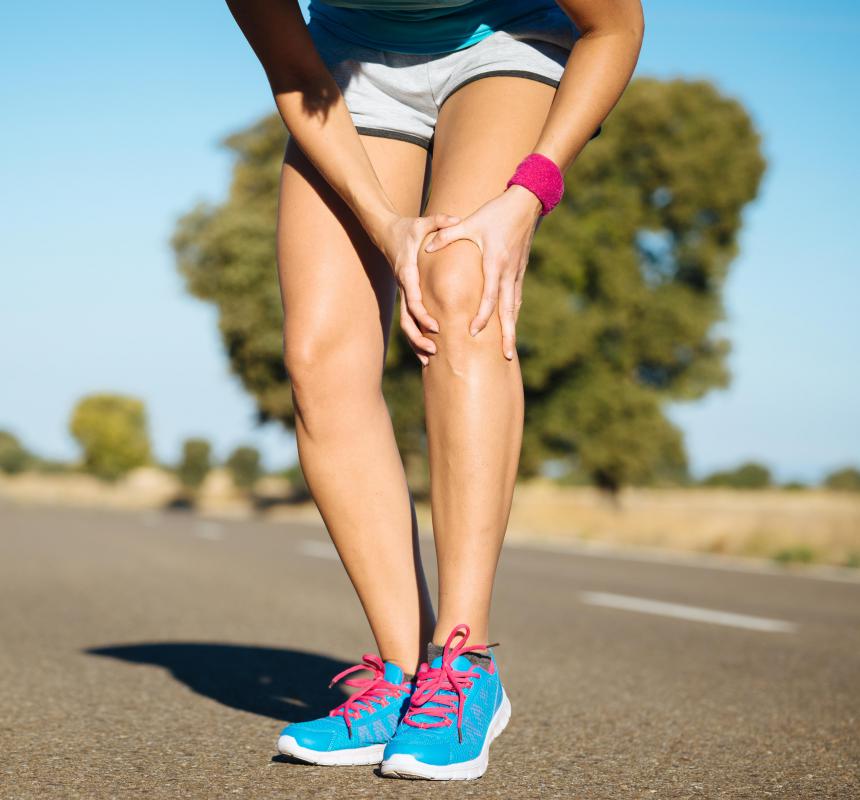At TheHealthBoard, we're committed to delivering accurate, trustworthy information. Our expert-authored content is rigorously fact-checked and sourced from credible authorities. Discover how we uphold the highest standards in providing you with reliable knowledge.
What is the Fabella?
A fabella is a sesamoid bone — a small seed-shaped bone — which is formed in the tendon of the gastrocnemius muscle near its attachment to the femur, or upper leg bone, at the knee joint. The term “fabella” is a diminutive of the Latin word for a bean, meaning literally “little bean.” These small hard bones develop from calcified fibrocartilage, which is the cartilage that uses closely packed bundles of fibers to assist in binding tendons to bones.
The sesamoid bone that is a fabella forms at the back of the knee joint where the femur splits to form two knobs, or condyles, that go around the patella, or kneecap. These knobs are called the lateral and medial heads, with the lateral head going to the outside of the knee, and the medial head going toward the inside of the knee. A fabella tends to develop in the tendon going from the gastrocnemius muscle to the lateral head, but it can also develop at the medial head, although this is rare.

Fabellas have been associated with a propensity for engaging in activities requiring stressful, active use of the musculoskeletal system. It has been clinically noted that fabellas occur in approximately 10-20% of the population, and most of these are not painful. Fabellas that become painful — called “fabella syndrome” — cause pain in the back of the knee and tenderness over the outside of the knee. For example, a heavily exercised gastrocnemius muscle can become thickened and place pressure on a fabella, causing recurring pain, which can be reproduced by compressing the knee at that location. Conservative treatment is generally recommended, which includes rest and anti-inflammatory medicine.

Orthopedists have found the fabella syndrome to occur typically during adolescence, and to be frequently associated with chondromalacia, or softening of cartilage in the knee area. Surgery could be recommended to remove the fabella if there were no improvement after six months of conservative treatment. Such surgery is called a fabellectomy, but it is not generally performed unless this small bone becomes fractured for some reason. Moreover, the surgery performed to remove “loose bodies” — calcified material within a joint — is not termed a fabellectomy. Loose bodies are formed from bony outgrowths within a joint, whereas fabellas originate inside the muscular attachment to a joint.

Some sesamoid bones are natural, occurring in tendons that cross over prominent joint surfaces in the body. One of the largest sesamoid bones is the patella, or kneecap, which functions to protect the knee joint during forceful or repeated bending activities. The sesamoid bones under the great toe are also natural structures within the body, and serve a similar function of protecting the toe joint during repetitive stress, such as running or jumping. Overuse, such as in dancers, can produce an inflammation termed sesamoiditis, in the muscular tissues surrounding the sesamoid bones in the toe area.
AS FEATURED ON:
AS FEATURED ON:
















Discuss this Article
Post your comments